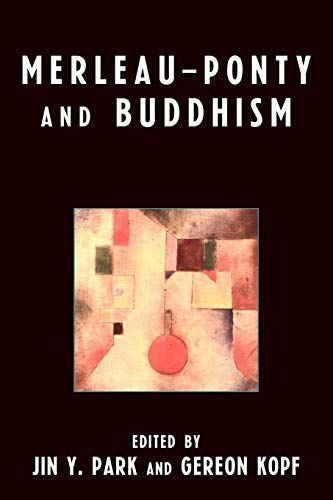
Merleau-Ponty and Buddhism
Merleau-Ponty and Buddhism explores a new mode of philosophizing through a comparative study of Maurice Merleau-Ponty's phenomenology and philosophies of major Buddhist thinkers such as Nagarjuna, Chinul, Dogen, Shinran, and Nishida Kitaro. Challenging the dualistic paradigm of existing philosophical traditions, Merleau-Ponty proposes a philosophy in which the traditional opposites are encountered through mutual penetration. Likewise, a Buddhist worldview is articulated in the theory of dependent co-arising, or the middle path, which comprehends the world and beings in the third space, where the subject and the object, or eternalism and annihilation, exist independent of one another. The thirteen essays in this volume explore this third space in their discussions of Merleau-Ponty's concepts of the intentional arc, the flesh of the world, and the chiasm of visibility in connection with the Buddhist doctrine of no-self and the five aggregates, the Tiantai Buddhist concept of threefold truth, Zen Buddhist huatou meditation, the invocation of the Amida Buddha in True Pure Land Buddhism, and Nishida's concept of basho.